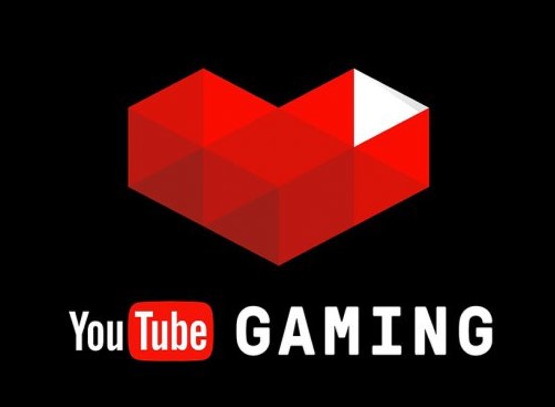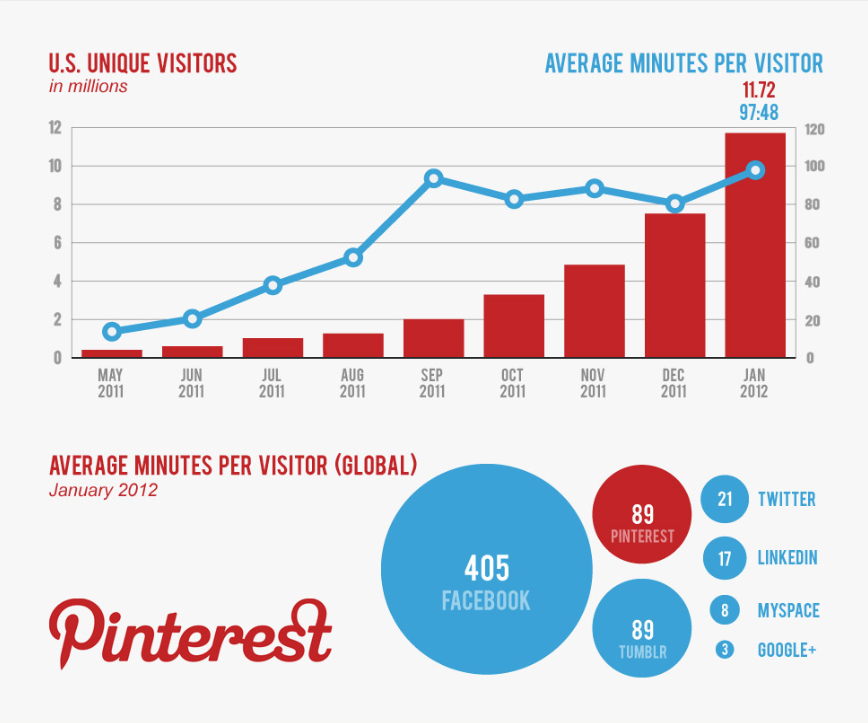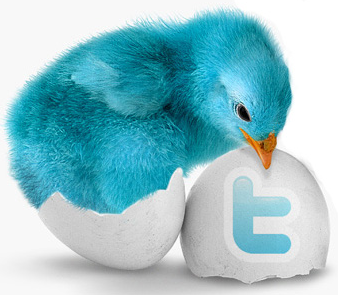Engage With Your Base With Online Gaming: Create Strong Brand Ambassadors For Your Business
Special to Hudson Valley Public Relations by Frank Morello, Intern Marist College
Over the past decade, gaming has grown to exponential heights, going from a niche market to a household activity, something that both children and adults alike take part in. This is partly due to things like the recent success of Nintendo’s Wii system, as well as gaming’s foray into the smartphone world through apps.

Gaming is now something that mostly everyone partakes in daily, whether it’s sitting down on your couch and playing Call of Duty with some friends, or opening up Candy Crush on your iPhone and tapping away for 15 minutes during your morning commute.
Marketers have been quick to see the very apparent opportunities in using gaming as a marketing tool. With its nearly universal appeal gaming is something that can be used to reach all kinds of people, all across the globe.
Mobile gaming is by far the most popular form of gaming, with millions of apps offering fun, bite sized gaming fun to the millions of smartphone owners all across the globe. Mobile games are generally cheap to make, free to distribute and have shown their ability to promote products and services effectively time and time again.
Advertising-based video games, also referred to as “advergames” in the industry, have been used by companies to market their brands since as long as video games have existed. Advergames started out far before the Internet, and were normally distributed for free on floppy disks or CDs.
The Main Goals Of Advergames Are One of Two Objectives:
- To Promote Incentives that Drive Responses.
- And to Deliver Awareness to the Customer.
Historically, advergames were normally distributed from the company direct via the mail. Typically the customer mails in UPC codes from the product being advertised.
This creates a response function:
- Gives the consumer an incentive to both purchase the product.
- And take the necessary steps to obtain the game.
As a result of this response function, customers would then receive a game whose primary goal is to:
- Promote and remind the core consumer of the product.
- Create brand identity and loyalty about the product while providing free entertainment.
Incentives work best with loyal consumers who identify with the brand and are repeat customers. The main goal of gaming is to create a brand experience that associates the game with the brand to build brand loyalty and to stimulate repeat product purchase.

Join Tiffi and Mr. Toffee in their sweet adventure through the wonderful Candy Kingdom. Switch and match your way through hundreds of levels in this delicious puzzle adventure.
Isn’t it the sweetest game ever?
Take on this deliciously sweet saga alone or play with friends to see who can get the highest score!
Some of the earliest examples of advergames can be seen in a partnership between Mattel’s M Network division and Kraft Foods. Mattel and Kraft joined forces to create the “Kool-Aid Man” video game for the Atari 2600 system in 1983.
Intended to promote Kool-Aid, buyers of the product could mail in UPC symbols from Kool-Aid containers in order to receive the free game. It was later available for retail purchase. Kraft made use of the crossover in audience between people who drank Kool-Aid and those who video game players. All the while building brand identity, loyalty to stimulate product purchase. The game fundamentally functioned as an interactive advertisement. Players become involved with controlling the Kool-Aid mascot through various levels of the game.
Coca-Cola has done an excellent job creating branded games, like they did with their My Beatmaker app for the Olympic games. Coca-Cola’s mobile game “Crabs and Penguins” was designed with the idea to keep customers engaged for a long time. This mobile app allows players to unlock levels and become engrossed in a story, all with Coca-Cola branding throughout. Users are constantly reminded of the Coca-Cola brand while playing the game, truly combining awareness with engagement.
These games all reinforce the brand while creating an engaging, emotional connection with their target audience. Many other companies have joined Coke in creating branded gaming content for the mobile market, reaching their target market directly through something they love.
Finding a free advergame in a cereal box was commonplace in the 90’s. The core target base enjoyed the cereal while having fun playing the branded game. “Chex Quest” was a wildly popular CD-ROM game in 1996, that was included in the purchase of a box of Chex Cereal. The “Chex Quest” game was very similar to the game “Doom” which was a bid success for both fans and critics alike.
More Examples of Effective Video Game Market Promotions
Burger King started selling three different “King Games” at their restaurants for an additional $3.99 for the Xbox and Xbox 360 systems. The games were a massive hit, selling over 3.2 millions copies in the US and Canada alone. “King Games” was the highest selling game of the 2006 holiday season.
Doritos released multiple free Doritos based games through the Xbox Live service to promote their product. The game was downloaded 1.4 millions times in it’s first month of release.
Kim Kardashian teamed up with mobile app developer Glu Mobile to create the mobile game “Kim Kardashian: Hollywood” for iPhone and Android. The game successfully created high levels of awareness Kardashian’s television show and generated over $1.6 million in it’s first five days of release through micro-transactions.
Advertising-based video gaming is a massive industry in itself. Profits from gaming exceeded over $207 million in 2007, and expected growth is projected to be explosive. Mobile gaming is now tactically used to promote many brands. Most of the games are free and can be played on smartphones by downloading the apps from the Apple App Store or Google Play Store.
As the popularity of advergames grows, so will the ways to create brand loyalty and product usage.
To learn more about gaming or creative ways to grow your business, give us a call at 845.202.7087 or visit our website at www.hudsonvalleypublicrelations.com.
References:
Kuo A, Rice D. Catch and Shoot: The Influence of Advergame Mechanics on Preference Formation. Psychology & Marketing [serial online]. February 2015;32(2):162-172. Available from: Business Source Premier, Ipswich, MA. Accessed March 27, 2015.
Campenelli, Melissa. “eMarketer: In-Game Advertising Spending To Reach $650 million in 2012”. Online Marketing Strategies and Tactics. Retrieved from http://www.emarketingandcommerce. com/article/emarketer-game-advertising-spending-reach-650-million-2012/1
Burke, Adrienne. “Even Small Brands Can Use Game Apps To Engage Customers”. Yahoo Small Business Investor. Retrieved from https://smallbusiness.yahoo. com/advisor/blogs/profit-minded/even-small-brands-game-apps-engage-customers-215648712.html
Goh, Khim-Yong, and Jerry Wenjie Ping. “Engaging Consumers with Advergames: An Experimental Evaluation of Interactivity, Fit and Expectancy.” Journal of the Association for Information Systems 15.7 (2014): 388-421. ProQuest. Web. 1 Apr. 2015.
Photo source: http://www.cheatcc. com/imagesfeatures/advergames.jpg









